How do we define design? Discussing the post-war reconstruction of Milan, the Italian architect Ernesto Rogers famously claimed that he wanted to design everything ‘from the spoon to the city’. Across the Atlantic, another ambitious exponent of mid-century modernism, the American industrial designer Raymond Loewy, declared that his expertise ranged ‘from a lipstick to a steamship’. A less individualistic vision came from perhaps the most influential engineer of the 20th century, Ove Arup, whose philosophy of ‘total design’ hinged on the need ‘to join all the professions together right from the start’.
The sheer scale of such claims provokes a number of vital questions for design museums, the cultural institutions committed to exploring the history, definition and role of design. If design shapes all aspects of our lives – from cutlery and cosmetics to buildings and boats – what criteria might an institution employ for design collections and exhibitions? Surely 21st-century museum-goers no longer need reminding that the objects around us are the result of a design process. At the same time, if, as Arup suggested, good design involves an extensive array of professionals working alongside each other, how might the specific influence of a designer be identified and assessed? Given that the scope for potential displays is so vast and the processes involved so pervasive, museums dedicated to ‘design’ risk becoming vague or unwieldy.
Contemporary museum practitioners tend to offer more nuanced perspectives on the scope and definition of design. In 2005, for instance, Paola Antonelli, senior curator of the department of architecture and design at MoMA in New York, complained that ‘design as a discipline still suffers from a general lack of understanding both of its deeds and of its possibilities’. In 2014, the director of the V&A in London, Martin Roth, argued, ‘Design isn’t everything and the perception that it is, is confusing and damaging to the museum.’
Surprisingly, such ambiguities are rarely explored. As Joanna Weddell and Liz Farrelly point out in their introduction to a new collection of essays entitled Design Objects and the Museum (Bloomsbury Academic), design museums have received far less critical attention than art museums. That the specific concerns of design museums continue to be neglected seems to confirm broader uncertainties about the status and value of their collections and displays. A century after Marcel Duchamp began exhibiting his readymades and Walter Gropius proposed ‘a new unity’ between art and technology at the Bauhaus, artworks still maintain a superior cultural position to the products of industry and commerce; the gallery trumps the showroom. Further tensions pertinent to design museums – between large-scale industrial structures (steamships) and everyday consumer products (lipsticks), between the mass-produced (spoons) and the unique (cities) – can be sensed in the bombastic statements made by Rogers and Loewy. How architecture sits alongside other design disciplines also remains open to interpretation.
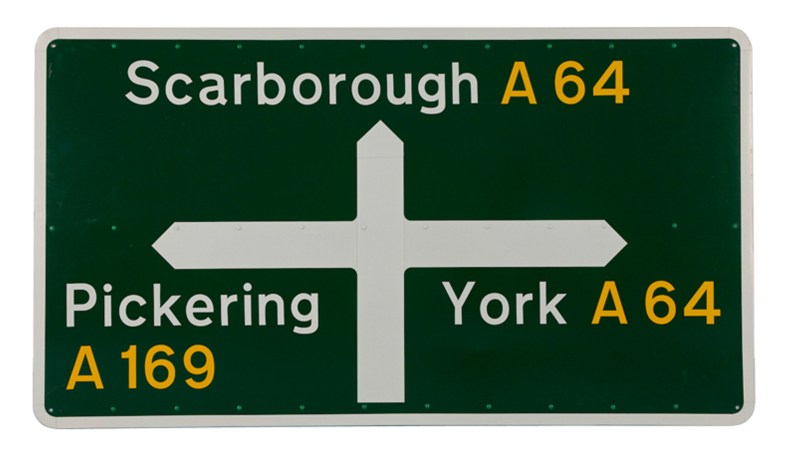
Jock Kinneir and Margaret Calvert’s British road signs. © Design Museum, London
It’s a particularly relevant time to consider the principles underpinning design museums as well as their specific programmes. Next month, London’s Design Museum reopens in its new headquarters, the former home of the Commonwealth Institute in Kensington, promising an expanded array of exhibitions and activities. It’s the latest instance of a global expansion in design-orientated museums. The last decade has seen the launch of 21_21 Design Sight in Tokyo (2007), the Design Museum of Barcelona (2008) and the Gallery of Australian Design in Canberra (2009), while the Cooper Hewitt, Smithsonian Design Museum in New York reopened after a three-year break at the end of 2014 sporting a fresh identity and a spruced-up mansion.
The public display of objects deemed to be examples of ‘good design’ has its origins in 19th-century commercial trade fairs. Historically, these objects have found their way into museums via two distinct museological avenues, as Alice Rawsthorn, a critic, curator, and former director of London’s Design Museum, has explained. The first approach involved decorative arts museums that focused on furniture, ceramics, and fashion, such as the V&A, which was first established as the Museum of Manufactures in 1852, and which inspired the initial iteration of what is now the Museum of Applied Arts (MAK) in Vienna, which opened in 1864. Emerging in the 20th century, a second approach saw museums of modern and contemporary art, such as the Stedelijk in Amsterdam and the Centre Pompidou in Paris, take a keen interest in industrial design. In this respect, the pioneering institution was undoubtedly MoMA, where the world’s first curatorial department devoted to architecture and design was established in 1932.
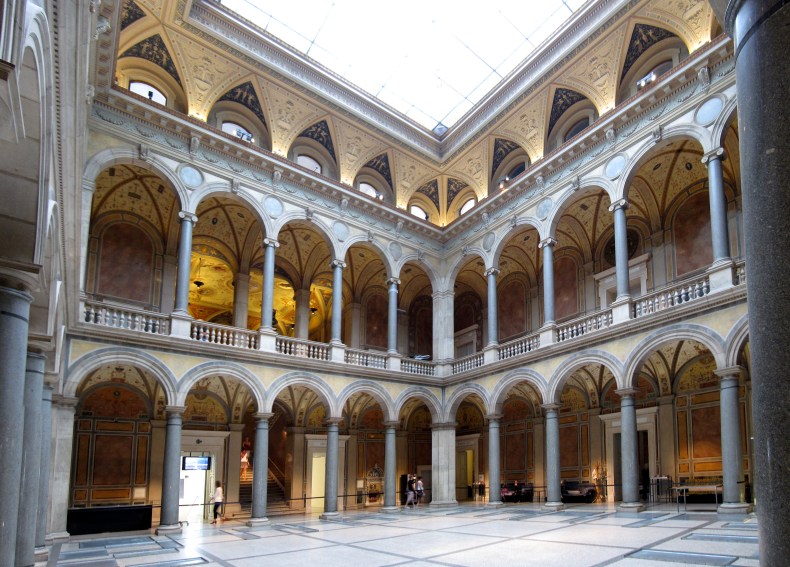
Museum of Applied Arts (MAK) in Vienna. Wikimedia commons
The history of London’s Design Museum is a slightly messier tale, and one that raises issues of taste, class, and consumerism, which are peculiarly fraught for design institutions. It began life in 1982 as the Boilerhouse Project; a series of exhibits housed at the V&A, which were overseen by the curator Stephen Bayley and funded by Terence Conran, the founder of Habitat among other retail endeavours. In a 1983 article, Bayley explained that the Boilerhouse would be ‘concerned with all aspects of mass-produced material culture or what might, more briefly, be called design’ – an approach that sidelined craft and artisanal activities in favour of exhibitions celebrating cars and Coke cans. The success of the Boilerhouse led to the establishment of a standalone Design Museum in a converted banana warehouse in Shad Thames, opened by Margaret Thatcher in 1989. ‘It was in sync with the spirit of the age,’ Bayley later remarked, confirming the commercial and entrepreneurial dynamics of the enterprise. Indeed, in a recent article for The Spectator, Bayley claimed that Conran’s ‘great achievement’ was ‘to elevate design from an activity to a commodity’. In this definition, design became ‘something consumers could acquire. It was about the fine things enjoyed by civilised folk’.
The relaunched Design Museum offers a very different approach. Justin McGuirk, the institution’s chief curator, tells me: ‘We’ve gone beyond the point of understanding that everything around us is designed, that design is important to the way the world looks and feels.’ Instead, he wants to create exhibitions that provoke a broader sense of design’s possibilities, processes and impacts: ‘We’re saying that design is actually a way of looking at the world generally, and that design has a role to play in bigger issues that go beyond objects.’ The issues at stake reflect a 21st-century perspective on politics and society, just as Bayley’s museum evoked the spirit of the 1980s: questions of sustainability and climate change are now central to our understanding of mass-produced objects, anxieties over the spread of surveillance shadow the growth of digital technology, the glossy creations of starchitects should not distract us from life on the urban margins. This is all, thankfully, a long way from ‘the fine things enjoyed by civilised folk’. It positions design as a vital way to make sense of, and to change, the contemporary world.
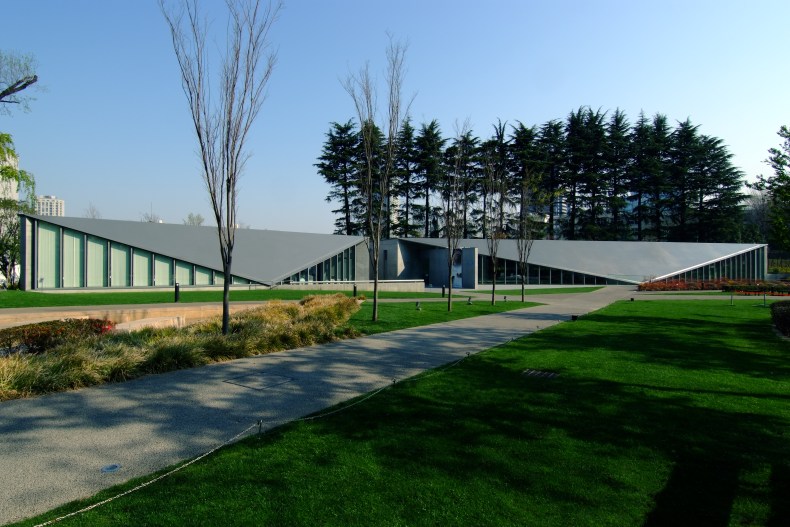
21_21 Design Sight in Tokyo. Wikimedia Commons
This is not to neglect the commercial dimensions of design, which are in any case extremely visible to any visitor entering a design museum’s shop. In fact, it’s an approach that refuses to fetishise the objects on display, or to separate them from the manufacturing processes, social forces and infrastructure that produce and circulate them. Helen Charman, who directs the learning and research programmes at the Design Museum in London, has written: ‘To curate design is not to be coy about the relationship between culture, client and commerce: the market context is an important factor in understanding the role of design, the creative agency it creates or catalyses, the situations it engenders and the lives it shapes.’
How might a design museum tell stories about the economic and social processes that underpin its displays? Such a shift in curatorial focus requires attendant changes to modes of display and audience engagement. The inaugural exhibition at the relaunched Design Museum, ‘Fear and Love: Reactions to a Complex World’, features a series of commissioned installations by designers and architects dealing with pressing contemporary topics. McGuirk explains, ‘I want to get away from the idea of a design museum being a place where you put objects on plinths. I want a more experiential format that allows you to think about issues, ideas and experiences.’ The museum will also feature a display of objects chosen through a crowd-sourcing process as part of a wider emphasis on user experience. ‘Design used to be for the user,’ McGuirk argues, ‘but now the user is increasingly one of the determinants of the outcome.’
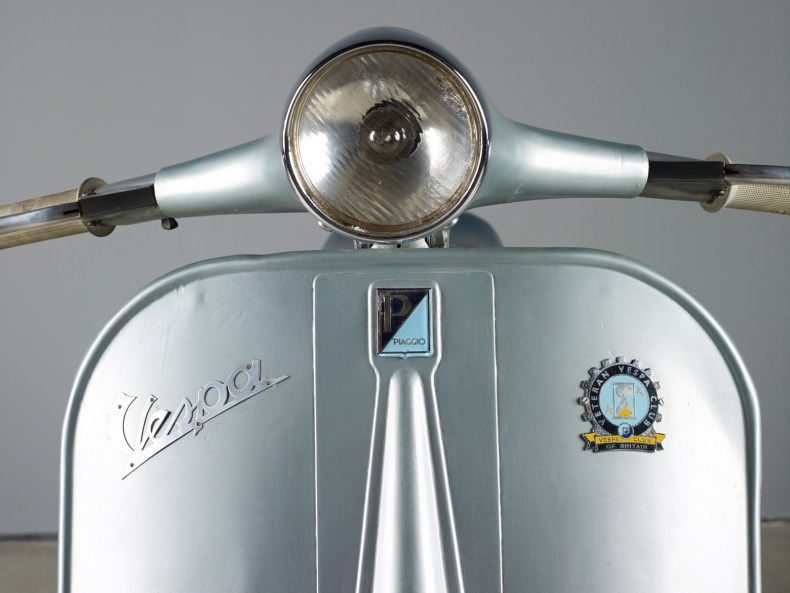
Vespa Clubman designed by Corradino d’Ascanio and made by Piaggio. Photo: © Design Museum, London
Similar developments in the content and presentation of exhibitions, as well as related trends in collecting practices, can be seen at other design-orientated institutions around the world. The Cooper Hewitt reopened with a collection display entitled ‘Beautiful Users’, in which the attention usually given to designers was instead placed on how people engage with their work. Last year the Design Museum of Barcelona staged ‘Design for Life: 99 Projects for the Real World’, an acclaimed exhibition that explored design’s social role throughout our lives via objects as varied as wheelchairs, mosquito nets and reusable menstrual cups. The show’s title also betrays scepticism about the usefulness, or even ‘reality’, of the luxurious items often on display in design museums. At MoMA, Paola Antonelli has organised a succession of provocative inventions aimed at disrupting traditional conceptions of design. Her 2004 show ‘Humble Masterpieces’ featured chopsticks and dominoes, bubble wrap and safety pins, flip-flops and Frisbees, while in 2010 MoMA acquired, in an audacious move, the @ sign designed in 1971 by the American electrical engineer Ray Tomlinson. According to Antonelli, ‘It might be the only truly free – albeit not the only priceless – object in our collection.’ Back in London, the V&A has also gained attention for its recently developed policy of rapid-response collecting, an attempt to match the speed and spectacle of the news cycle through the acquisition of apps, e-cigarettes and, most controversially, the world’s first 3D-printed gun.
The acquisition of the @ sign by MoMA is also an indicator of the different ways in which design museums are responding to the impact of digital processes. Weddell and Farrelly suggest that ‘in a world where objects are fast losing their materiality the definition of design becomes more and more unstable’. In response, the Cooper Hewitt now features an array of digital innovations, including a room in which viewers can select the pattern surrounding them from the museum’s wallpaper collection, and an electronic pen which allows visitors to log the exhibits that most interest them to form their own personal digital collection. Such additions have provoked both praise and criticism for their adoption of interactive technologies. Here, the shift in focus from designer to user is part of a much broader debate around passive and active spectatorship in contemporary museums.
Yet, all of this still leaves the specific purposes of design museums open to question. After all, given that conventional boundaries between media and disciplines are now routinely crossed by cultural institutions, and given that notions of design are increasingly moving beyond the individual object, perhaps the idea of a separate, discrete design museum might seem obsolete. In the future, Martin Roth believes that, ‘design will have more influence in more museums but perhaps not so much in dedicated museums’. At the V&A and MoMA, the design aspects of the programme are integrated into much wider conversations. In other cases, though, there remains greater scope for developments in design to be considered alongside larger artistic movements. In the new Switch House displays at Tate Modern, for example, the contribution of Jasper Morrison’s designs to the overall feel of the institution are acknowledged in a small display adjacent to the Turbine Hall entitled ‘Thingness’. Yet, while Morrison’s furniture is clean, warm, practical and friendly, the overview of his career on offer at Tate misses the chance to place design into dialogue with the museum’s diverse narratives of modern and contemporary art. As a consequence, the display feels more like a showroom than a space for critical reflection. The museological equivalent of joining ‘all the professions together right from the start’ remains an unfulfilled dream.
The Design Museum, London, reopens on 24 November.
From the October issue of Apollo: preview and subscribe here.
Unlimited access from just $16 every 3 months
Subscribe to get unlimited and exclusive access to the top art stories, interviews and exhibition reviews.

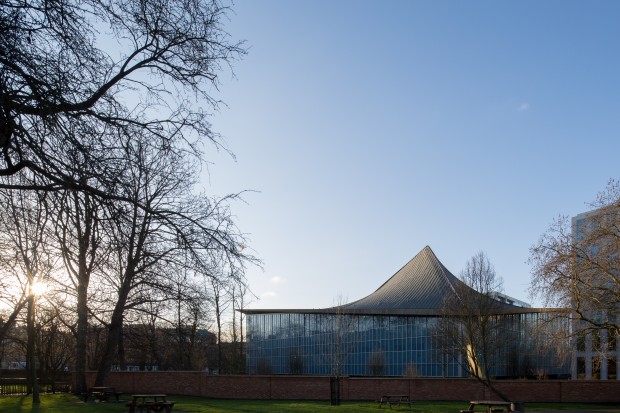
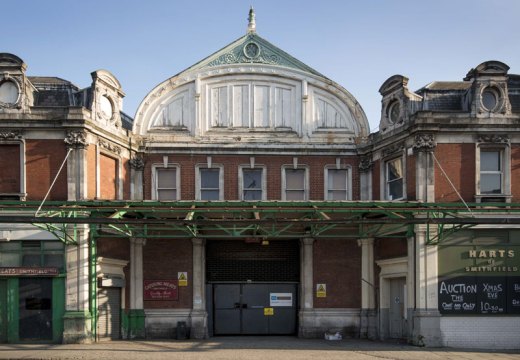

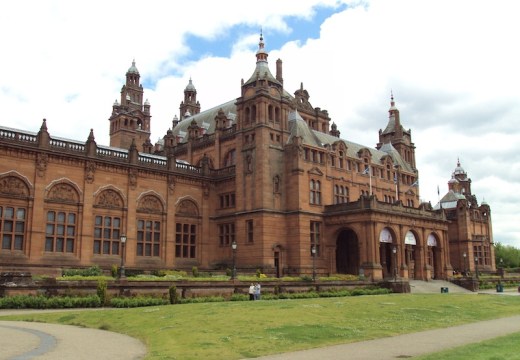









![Masterpiece [Re]discovery 2022. Photo: Ben Fisher Photography, courtesy of Masterpiece London](http://www.apollo-magazine.com/wp-content/uploads/2022/07/MPL2022_4263.jpg)
It’s time for the government of London to return to its rightful home